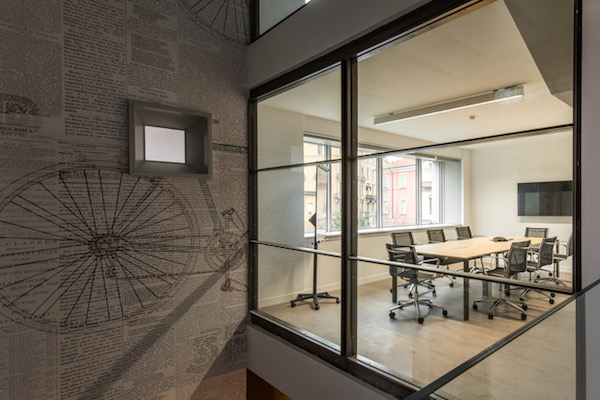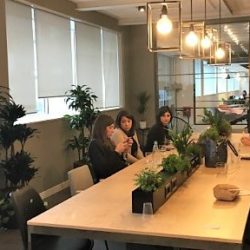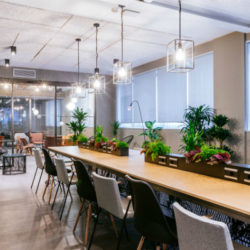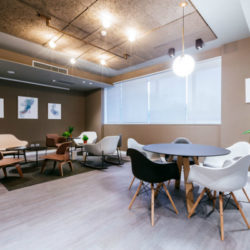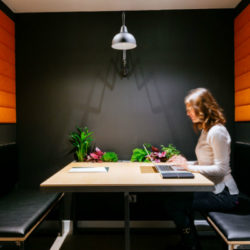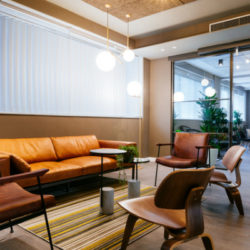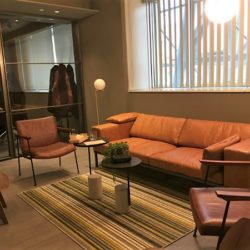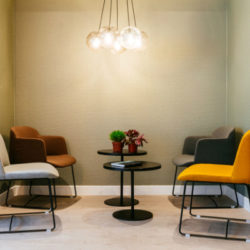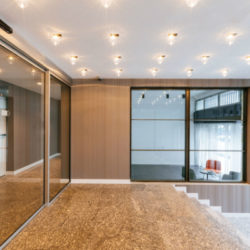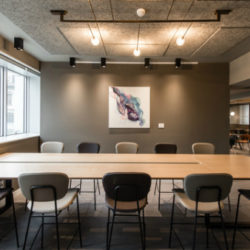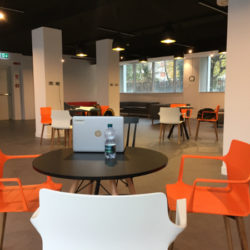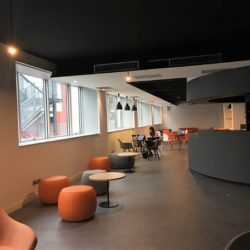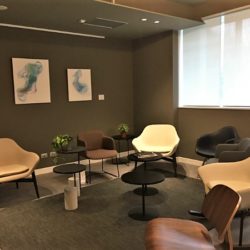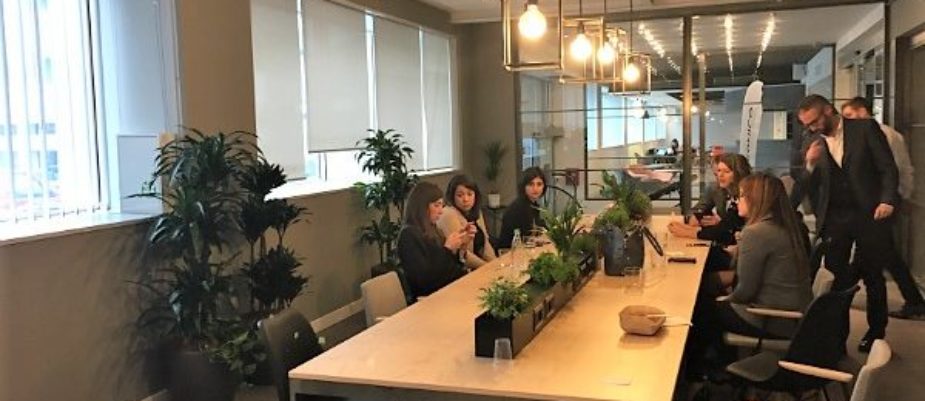
A dynamic hub where well-being and business trends are well balanced, a flexible, hybrid and multifunctional workplace, core of an urban renovation process. The simple internal design of Copernico Martesana in Milan follows the main trends and needs of the new ways of working, like the biophilic design of the Oxygen Room and the home-feeling given by the Loft Office.
The Copernico Platform for Smart Working is constantly growing; following the successful experiences of Copernico Centrale, ClubHouse Brera , the workplace in Turin, and many others, the 6.500 sqm of the thirteenth Copernico hub in the north-eastern part of Milan.
“With Copernico Martesana we want to put our focus on the wellbeing of each worker becoming, at the same time, actors in the new economic processes that lead to new business opportunity”, Pietro Martani, Copernico’s CEO, says. “We want to anticipate the ever-evolving market and workers needs”.
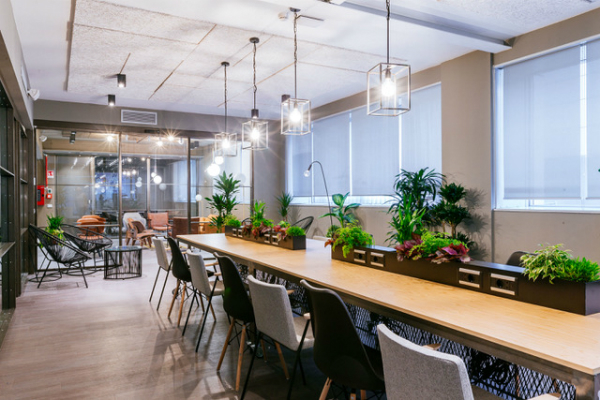
Copernico Martesana is designed by the firm Studio DC10, mixing different and connected environments as offices, meeting space, lounge area.
Interior design is inspired by “genius loci” and the building of the ’70s was transformed in a vibrant environment featured by a cool, industrial design.
The centre of the project is the main cafeteria, a hybrid and informal meeting space, designed together by Bunker, Torricelli Associati and Weltgebraus to foster the culture of communication and interaction.

Studio DC10 has, also, added two environments completely dedicated to the wellbeing of the people: the Oxygen room, a green area where workers can find some rest form the daily stress, the Loft Office, a comfortable place giving the sense of home-feeling and cosiness and an Art Gallery.
For the interiors, a neutral and neat design was chosen in order to help communication and to create a homogeneous workplace.
“The innovative system Copernico is made by three dimensions: space, connection, culture“, Pietro Martani concludes. “Copernico Martesana wants to become a benchmark in the area”, transmitting his features to an urban redeveloping area.
Text by Gabriele Masi.

